From November 7 to 10, 2024, Art Week Tokyo (AWT) will once again serve as a hub for art enthusiasts and experts from around the world. With over 40 participating galleries, this year’s edition offers a rich program that showcases the diversity of Japanese contemporary art, complemented by perspectives from international artists. The event will feature both renowned names and promising emerging talents.
Japanese Icons and New Talents
Art Week Tokyo 2024 offers an impressive selection of exhibitions. Pop art icon Yoshitomo Nara will display his works at Blum, while Tomio Koyama Gallery in Kyobashi will inaugurate its new space with paintings by Hiroshi Sugito. Another highlight is Aya Takano, whose latest works will be exhibited at Kaikai Kiki Gallery.
Multimedia artist Tabaimo makes her return to Gallery Koyanagi with her first solo show in six years, and Misa Shin Gallery will feature works by Jaeeun Choi that address ecological themes. Significant historical works, such as those by Gutai artist Kazuo Shiraga, are also prominently displayed, along with avant-garde photography by Michiko Kon and surrealist scenes by Shigeru Onishi.
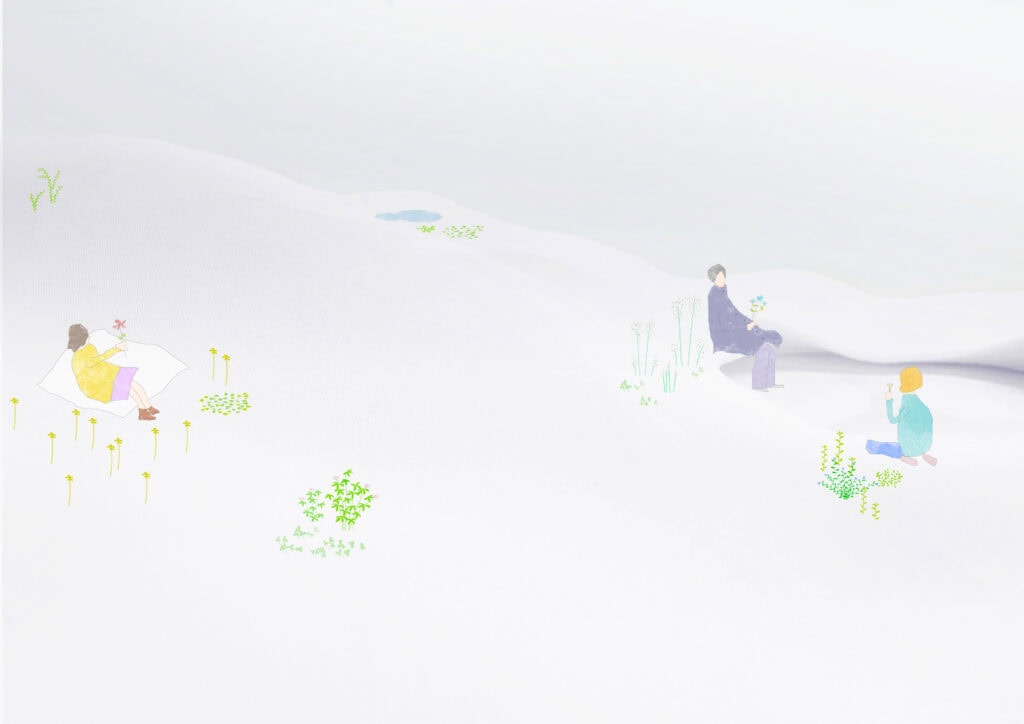
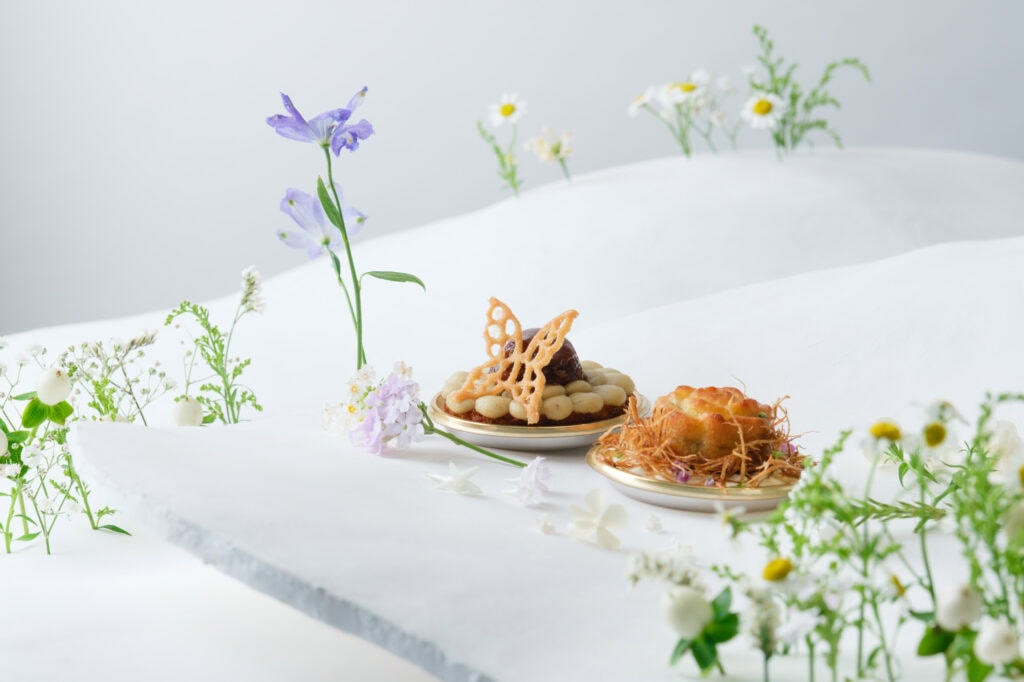
International Influence and Diversity
In addition to its strong representation of Japanese artists, Art Week Tokyo also provides a platform for international creators. The British-Iranian-American artist Kour Pour, known for his carpet-inspired paintings, will exhibit at Kotaro Nukaga. Indonesian artist Roby Dwi Antono, who blends street art and surrealism, will be shown at Nanzuka. Cambodian multimedia artist Sokchanlina Lim will present new works reflecting the rapid social changes in Cambodia. These exhibitions highlight the global connections that enrich Tokyo’s art scene.
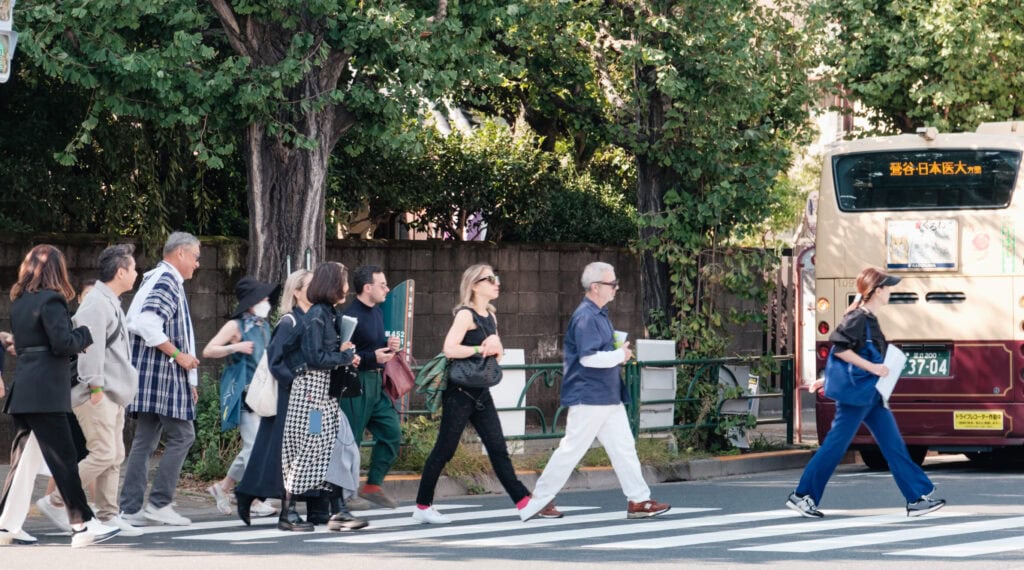
All galleries are connected by the free AWT Bus service, which runs every 15 minutes between 10 a.m. and 6 p.m.
AWT Focus: “Earth, Wind, and Fire” – Art in Times of Change
This year’s special AWT Focus exhibition, titled “Earth, Wind, and Fire: Visions of the Future from Asia,” curated by Mami Kataoka, explores the cosmic elements of earth, wind, fire, water, and wood, as well as the invisible energies that drive their circulation.
As new conflicts arise around the world and the global environmental crisis deepens, contemporary art increasingly addresses questions of marginalized identities and cultures. What kind of future can we envision under these circumstances? How can different values coexist? And what is the role of art in these uncertain times?
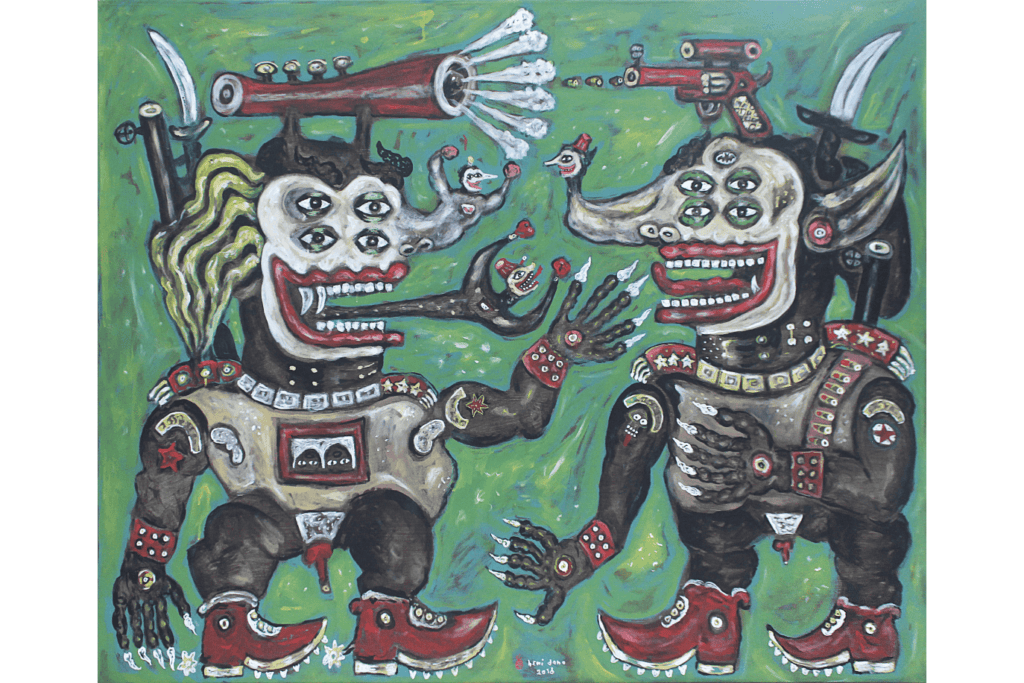
Although there are no definitive answers, this exhibition suggests that the natural principles and invisible energies that have sustained human existence for centuries might provide us with a broader perspective. Many thought and belief systems in Asia offer holistic worldviews, where the body is seen as part of the universe, the five cosmic elements remain in fluid equilibrium, and spirits dwell within nature and the earth. This perspective offers an alternative to a world dominated by politics and economics, reminding us that science is just one way of understanding the cosmos.
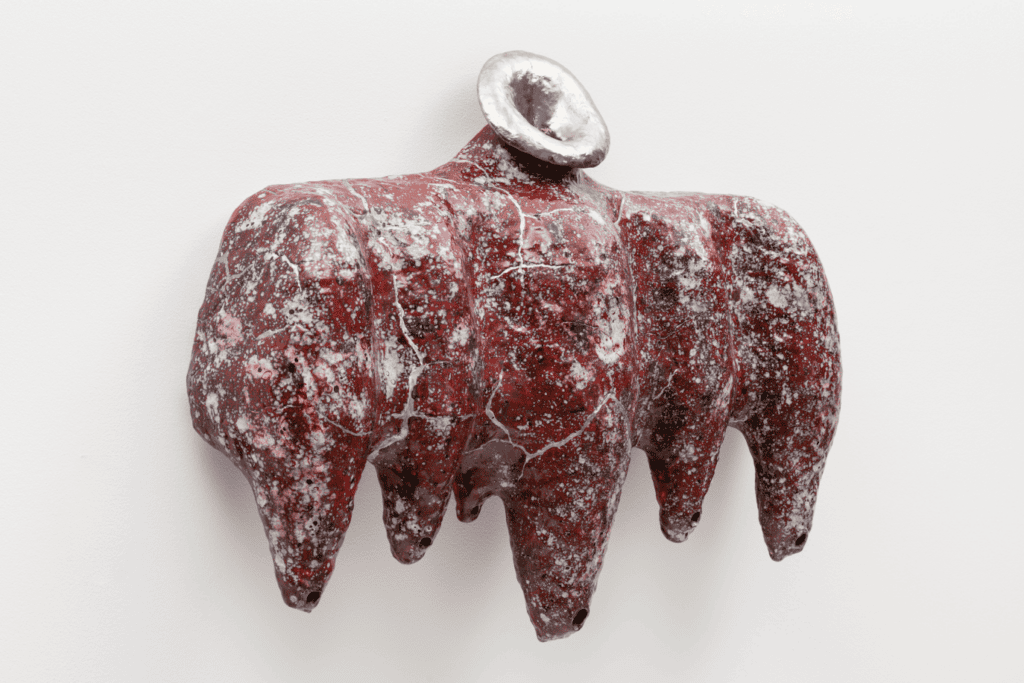
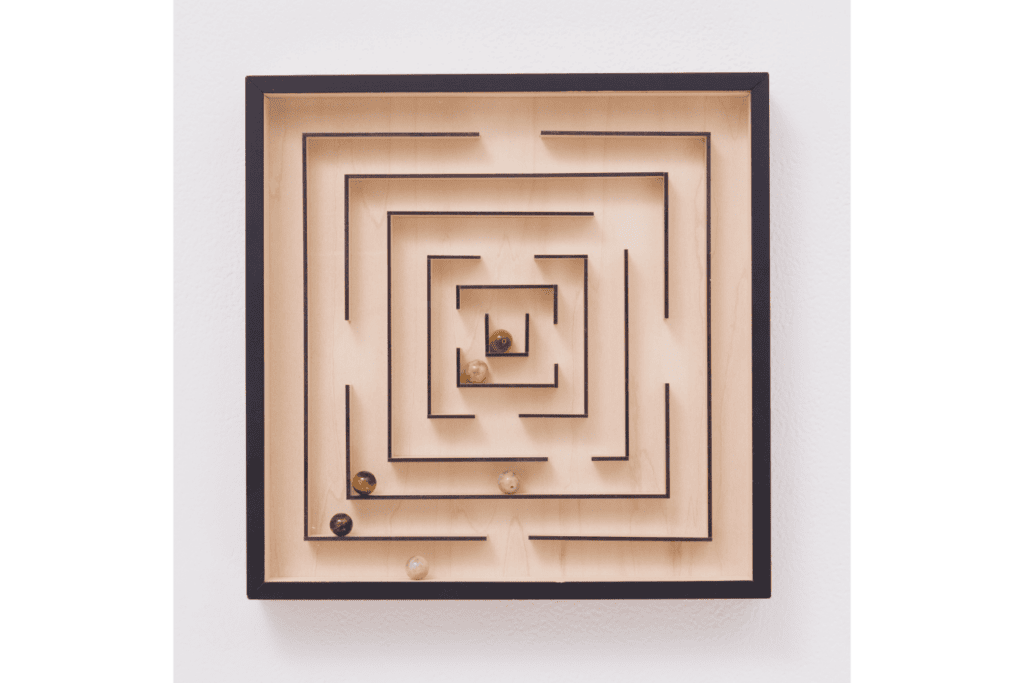
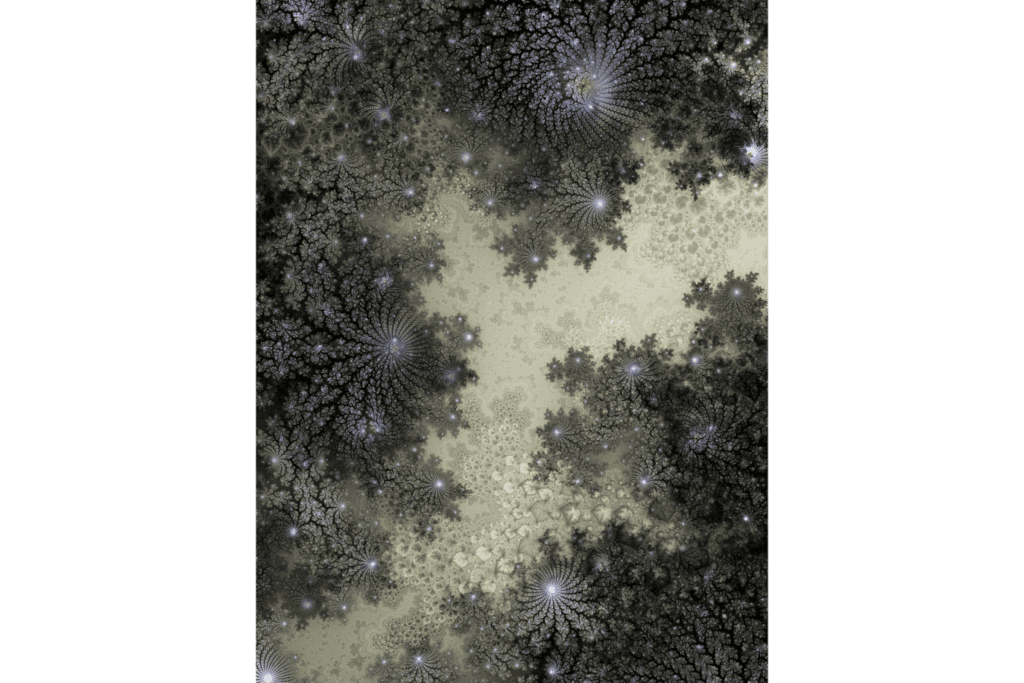
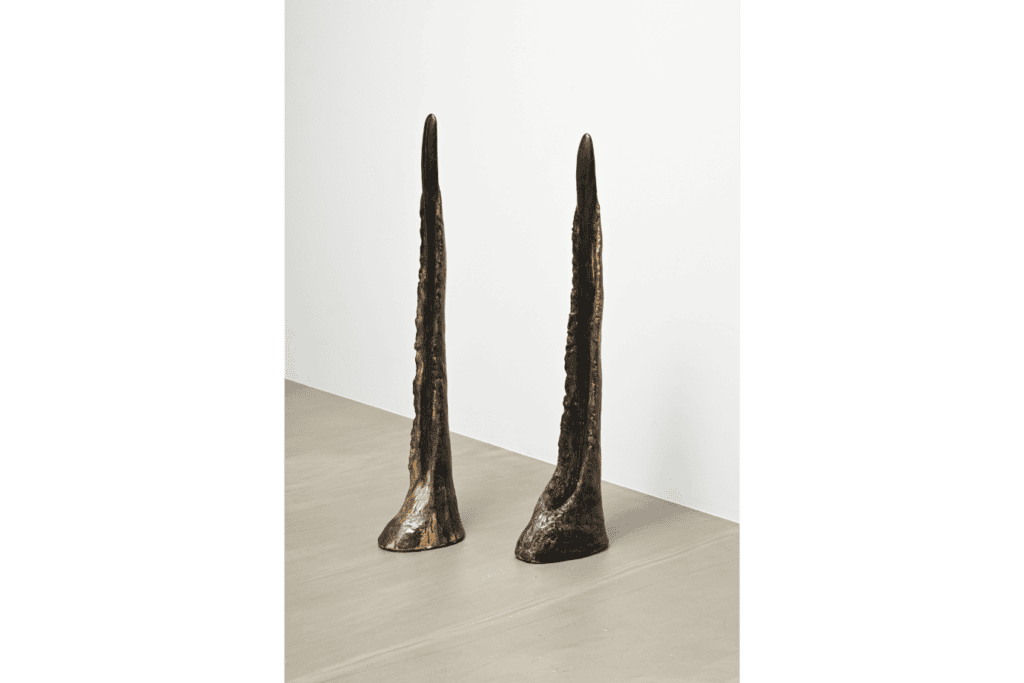
Through works that reflect these cosmic elements and energy cycles, the exhibition brings together artistic representations of the universe, drawing on both Asian and other cultural worldviews.
A Historic Venue for Contemporary Art
The Okura Museum of Art, founded in 1917 as Japan’s first private art museum, provides the perfect setting for this exhibition. The building, designed by pioneering modern architect Chuta Ito, reflects influences from his travels to China, India, Europe, and the United States. Within this space, guarded by lions, dragons, and other mythical creatures, Kataoka hopes to transcend national and cultural borders, offering a new perception of the cultural dialogues and connections emerging from the exhibited works. She also aims to reconsider the sensitivity and imagination that humanity has cultivated throughout its existence in the universe.
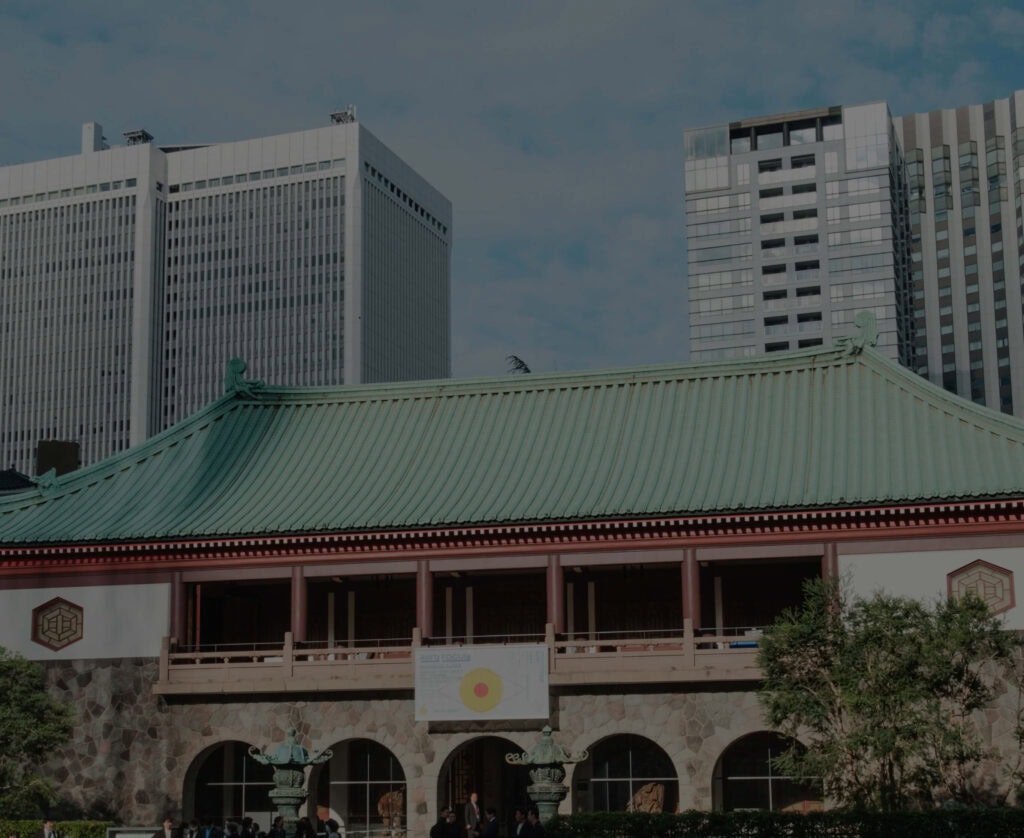
This exhibition offers a profound reflection on the relationship between art, nature, and the forces that shape our world, while opening new perspectives on the role of art in our interconnected and challenging times.

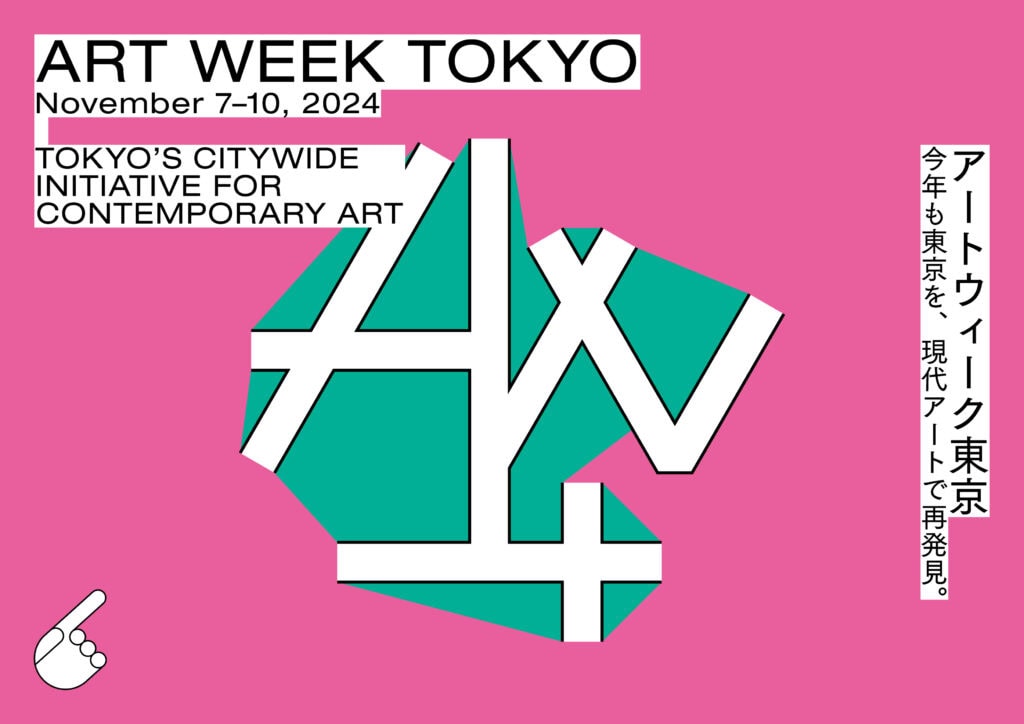
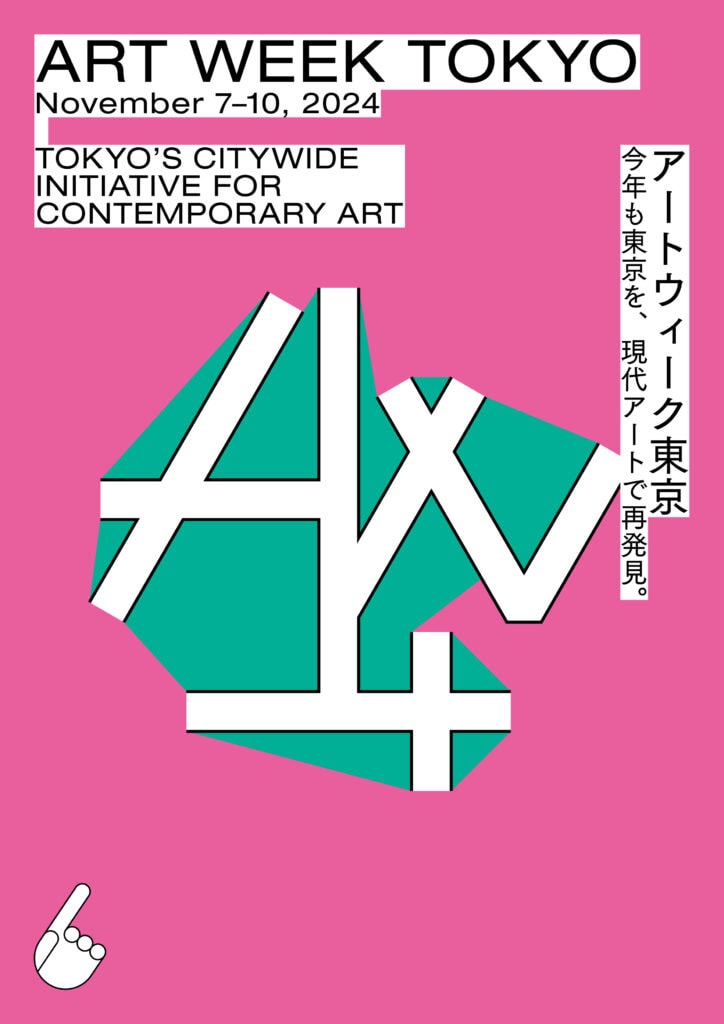
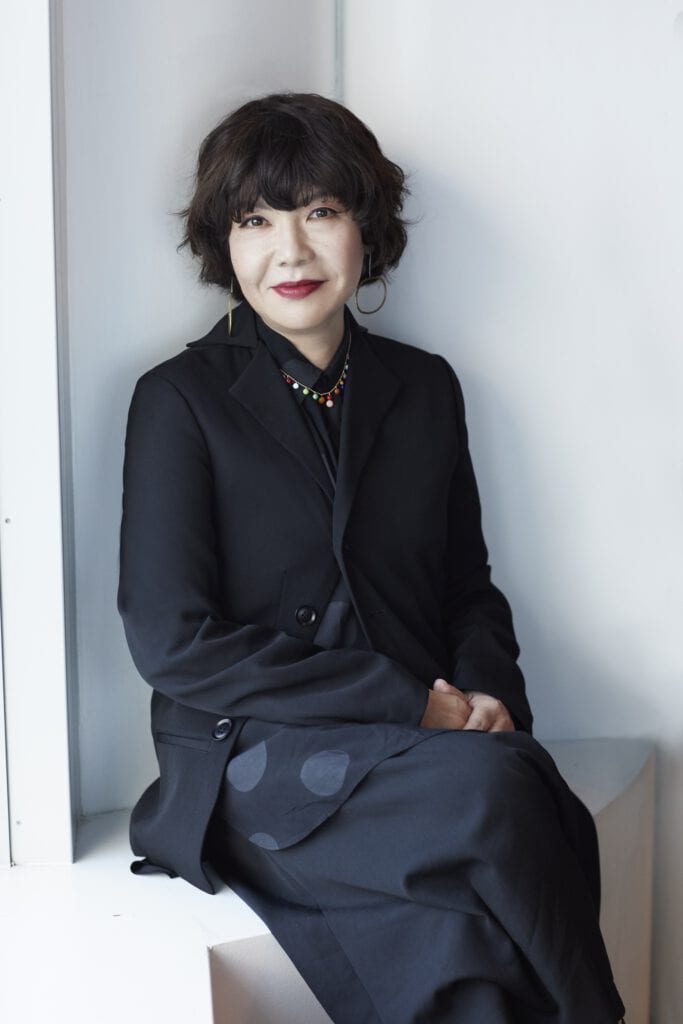
iThere are no comments
Add yours